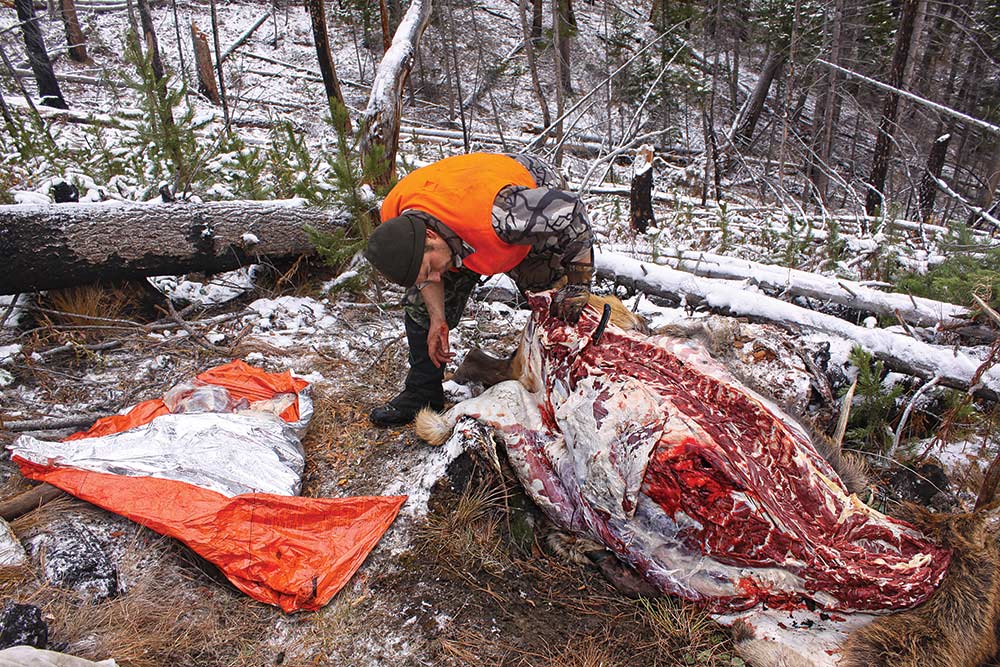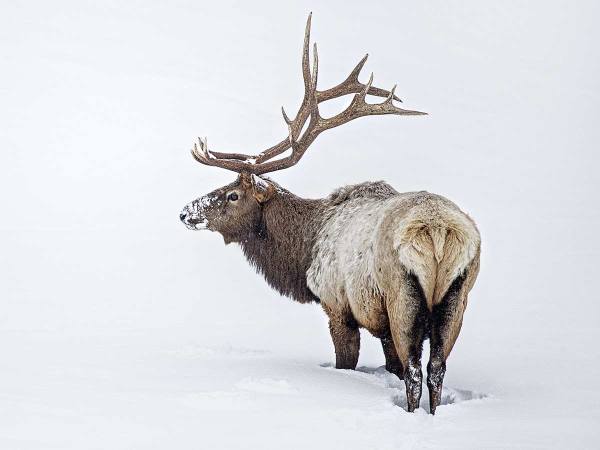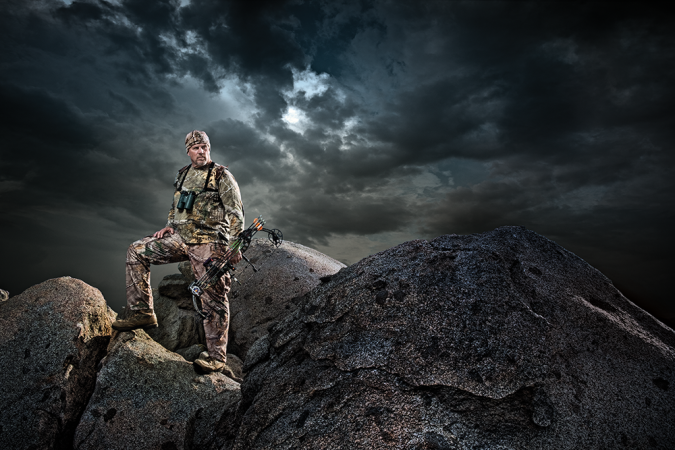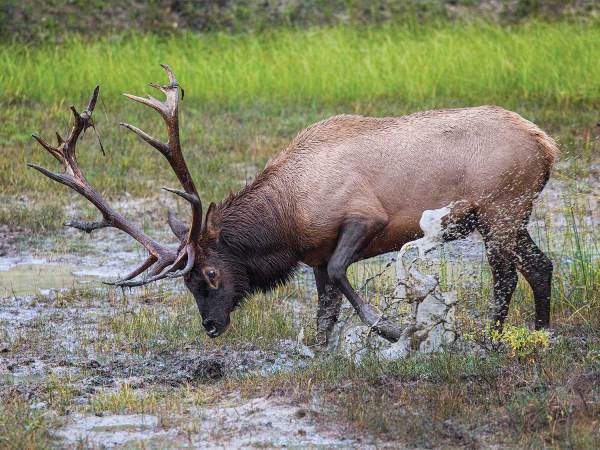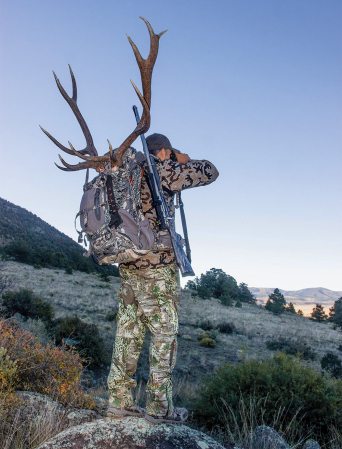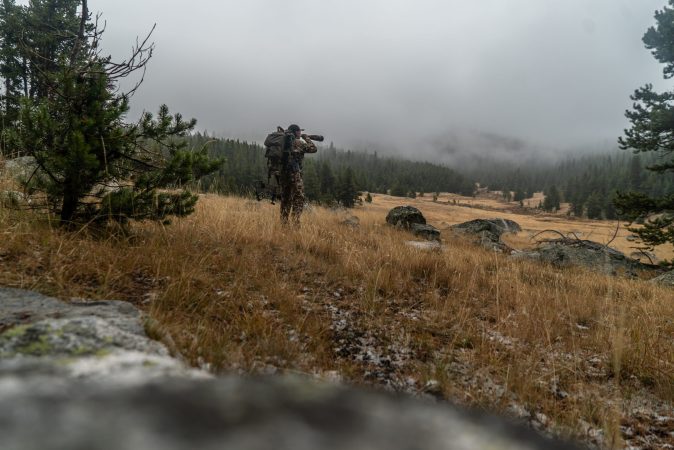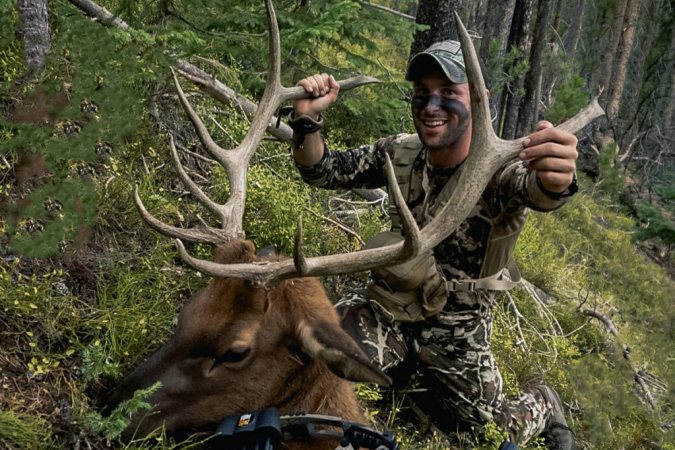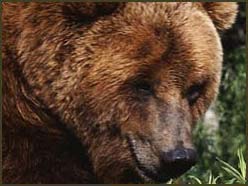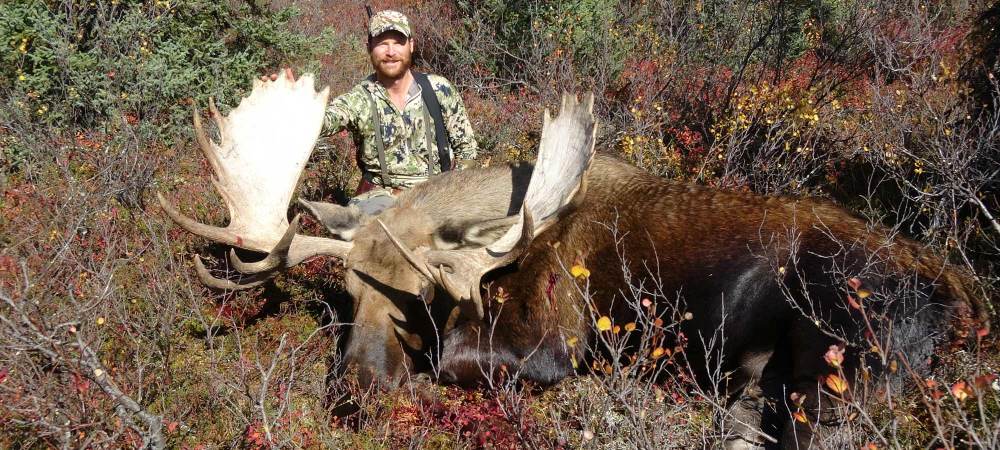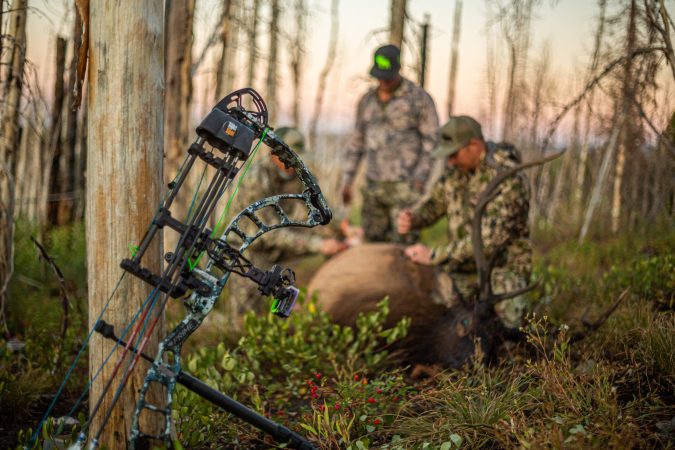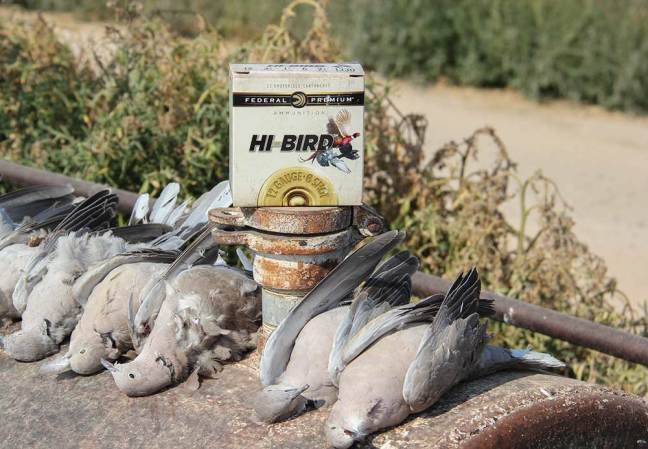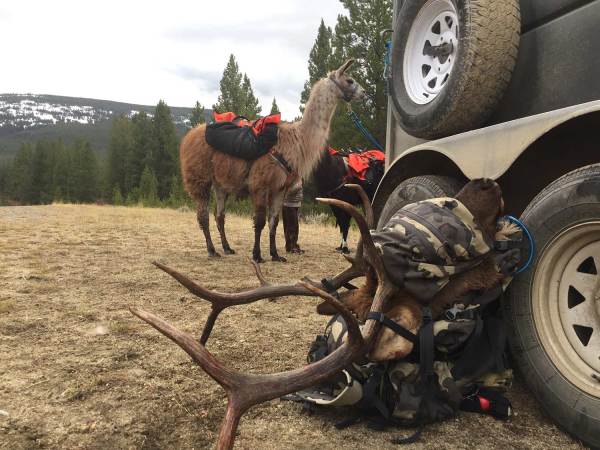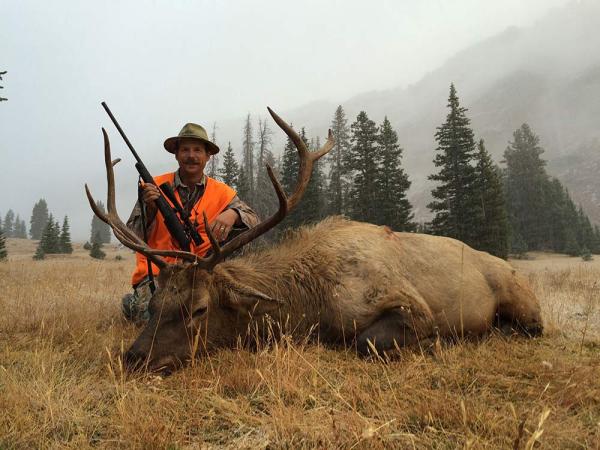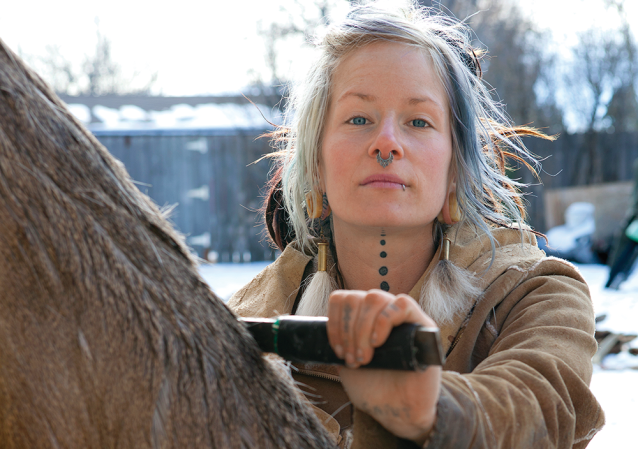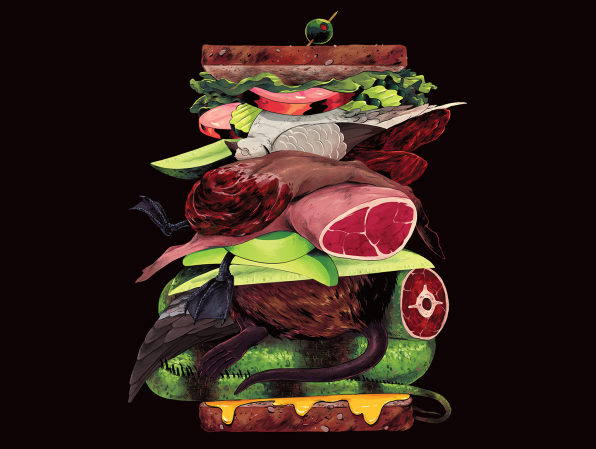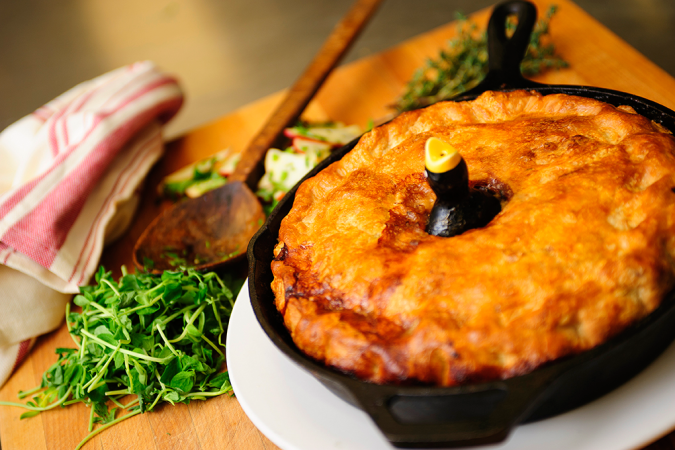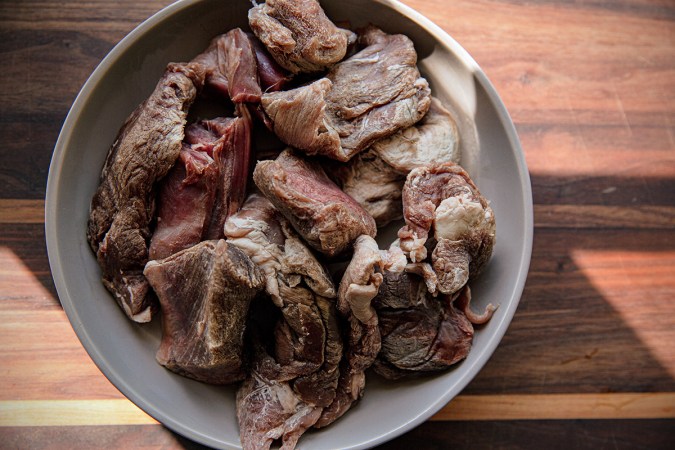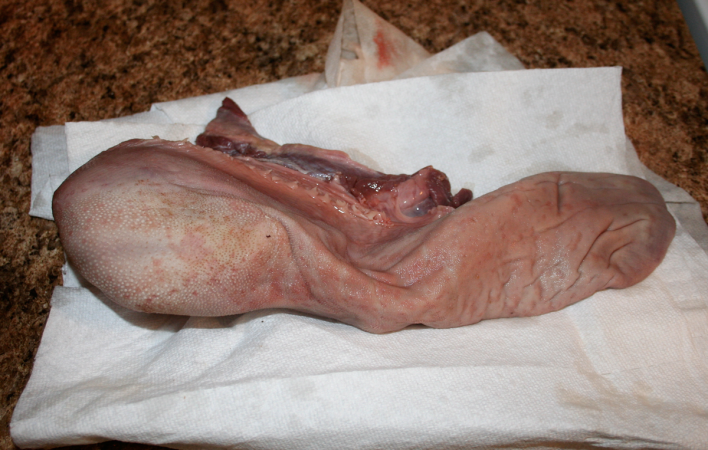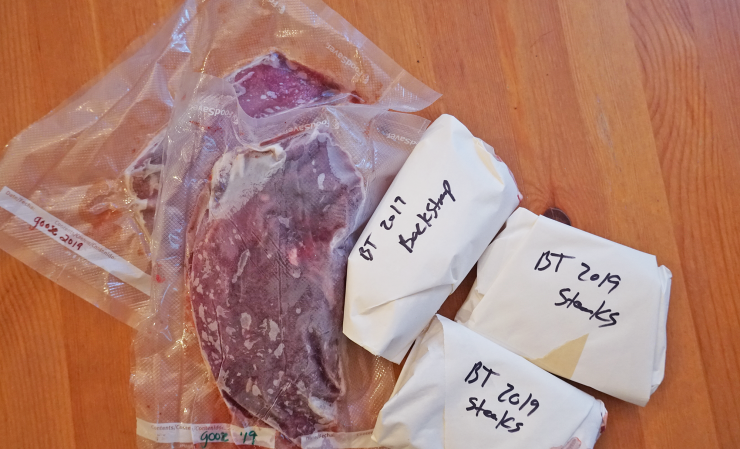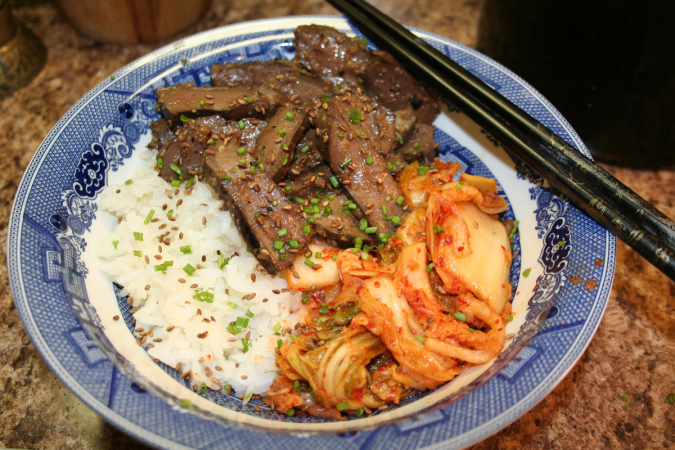We may earn revenue from the products available on this page and participate in affiliate programs. Learn More ›
So you’ve wrapped your tag around antlers somewhere between two unnamed peaks in the western Rockies, and now you’re staring at quarters that each weighs more than all the meat from last year’s whitetail. Elk hunting is supposed to be fun, right? But let’s be honest: When was the last time you put 80 to 100 pounds on your back and hiked off-trail over a mountain? It’s not fun, it’s tough—even if you’re smiling through the pain.
Here are my five rules for packing out elk.
1. Protect the Meat
Keeping the meat clean and dry is priority number one in any weather. Use a lightweight emergency blanket or tarp to lay the meat on before you start cutting. During cold months, keep the meat elevated and separated on a pole to allow proper airflow. Flies and bacteria are a concern on warm-weather hunts, so be sure to carry along packets of citric acid. Game Saver (indian valleymeats.com/gamesaver.htm) is a good one. The acidity will safely fight bacteria and repel flies without affecting the taste of the game. Just add water and spray or rub on the meat as you peel the hide away.
2. Bag It
Always carry four game bags—one for each quarter—and 50 feet of parachute cord to hang them. In order to properly distribute weight, the bags with front shoulders also get a backstrap, neck meat, and a loin or two. If it’s hot, it’s a good idea to remove the bones, and even if it isn’t, you still might want to in order to lighten the load. Check regulations carefully on what game parts you can leave behind. Now, take that emergency blanket the meat was lying on and throw it over the meat pole to keep precipitation off your meat overnight. Additionally, the sound of the blanket or tarp flapping in the breeze will help deter scavengers.
3. Use the Right Pack
Traditional meat packs with a shelf on the bottom work great for a stable load. But beware: Some can weigh as much as 10 pounds empty. New compact pack designs weighing less than 3 pounds are an option. Pack Out Bags are my preference. These packable haulers were designed by elk hunters and are essentially simple shoulder straps with large meat pouches attached to both the front and back. These packs distribute weight more evenly than do traditional frame packs.
No matter the pack style, however, your very best option is to use a pack mule.
Read Next:
11 Mistakes Elk Hunters Make, and How to Avoid Them
4. Know your way
“How far is it?” That’s a question asked often just prior to packing out game. If the answer starts with something like, “Well, as the crow flies, it’s about…” stop the conversation right there. Just because the LCD screen on your GPS shows that your elk meat is hanging 2.36 miles away from camp does not mean that the direct route is the best route. Two miles straight through thick, rough terrain can kill you. A longer route over easier terrain, such as a trail along a ridgetop or a creek bottom, is almost always the better option. Take a look at a map or aerial photo. If there is a trail, use it and forget the crows.
5. Abide by Tradition
The ivories are a fascinating byproduct of a successful elk hunt. They should be removed and used to make cool jewelry like rings and necklaces. At the very least, you should keep them in a container to show off at work. It’s tradition, after all. Tradition also holds that the hunter who killed the elk carries the antlers out. A fresh elk head and antlers can weigh more than 40 pounds, so keep that in mind when you divvy up the meat. Note, too, that many states require hunters to remove all their meat prior to packing out the head. Good gear will make all this grueling work far less painful.
